Q&A: Pat Mulroy on Las Vegas and the Journey to Water Efficiency
Patricia Mulroy, general manager of the Las Vegas Valley Water District and the Southern Nevada Water Authority, talks with Circle of Blue at the 5th Annual WaterSmart Innovations Conference.
Welcome to Circle of Blue Radio’s series 5 in 15, where we’re asking global thought leaders five questions in 15 minutes – more or less. These are experts working in journalism, science, communication design, and water; I’m J. Carl Ganter. Today’s program is underwritten by Traverse Internet Law – tech-savvy lawyers representing internet and technology companies.
Our guest today is Patricia “Pat” Mulroy, general manager of the Las Vegas Valley Water District (LVVWD) and the Southern Nevada Water Authority. I caught up with Pat at the 5th Annual WaterSmart Innovations Conference in Las Vegas last week.
In that world, we then had to take this community through a conservation exercise, which was really grueling. We decided to be strategic about it. Rather than do the traditional Western temporary draconian measures, we said, “You know, every crisis is an opportunity. And we’ve been gently nudging this community through voluntary conservation, through education, but that’s only gonna get you so far. We’ve gotta take it to the next level, but let’s do it in a way that, whatever changes we make, these changes stay.” So we began… we looked at… we knew how we used water: we use most of our water outside. You can’t live in the driest desert in the United States — last year, we had one inch of rain — without watering outside; it just can’t happen. Well, unfortunately all those from the East Coast and from the Midwest who moved to southern Nevada brought all their vegetation with them. We had Kentucky bluegrass and magnolias and lovely vegetation. [I] think it’s beautiful — doesn’t belong in the Mojave Desert. So we said, “Well, there isn’t a price point at which we can raise our water prices to where it becomes economical for someone to make that original capital investment to change out their landscaping.”

It has been a journey. And, to me, I’ve always looked at the future of water. Because, as a people, we want that silver-bullet solution. There is no silver-bullet solution. It’s a mosaic; that’s the best way to describe it. And every piece of the mosaic has to be there for the entire picture to come alive. It’s the same with the solutions around water. The foundational piece is conservation. And I don’t care whether you live in New York, whether you live in Chicago, whether you live in Louisville, whether you live in some of the wetter places in the southern United States. We can’t continue to use water the way we do in this country. That’s foundational. It’s a cultural change, and it won’t happen overnight — it’s a journey, and it gets better with every generation. The older someone is, the less likely they are to change. Then there is also — and this is probably where it gets very, very difficult — we’ve, and especially in the West, we’ve been so fiercely competitive. You know, there have been winners and losers. And I’ve had one mission over the last 20 years, and that’s getting people to just drop that veil. There won’t be a winner. All you’re going to have is losers. The whole is greater than the sum of its parts. You’ve got to work as a partnership.
But the solutions lie in making all those agreements that we held up as having been etched in stone prove they’re flexible. And they are. I mean, this much-maligned Colorado River Compact, at the end of the day, it allows seven states to do whatever seven states can agree to do, but it allows no one state to roll over their neighbors. Which is, in my mind, the healthiest foundation. There are any number of opportunities to build bridges around water and open understandings between cultures, and these seven states are culturally very, very different — not just politically, but culturally, water-law wise — and now we’re immersed in these negotiations with Mexico, and so a whole other culture is entering into the discussions. But the solutions that we crafted in ’07 and the solutions that we’re crafting now all depend on this partnership. And set aside the notion that there will be winners and there will be losers, because there can’t be any winners.
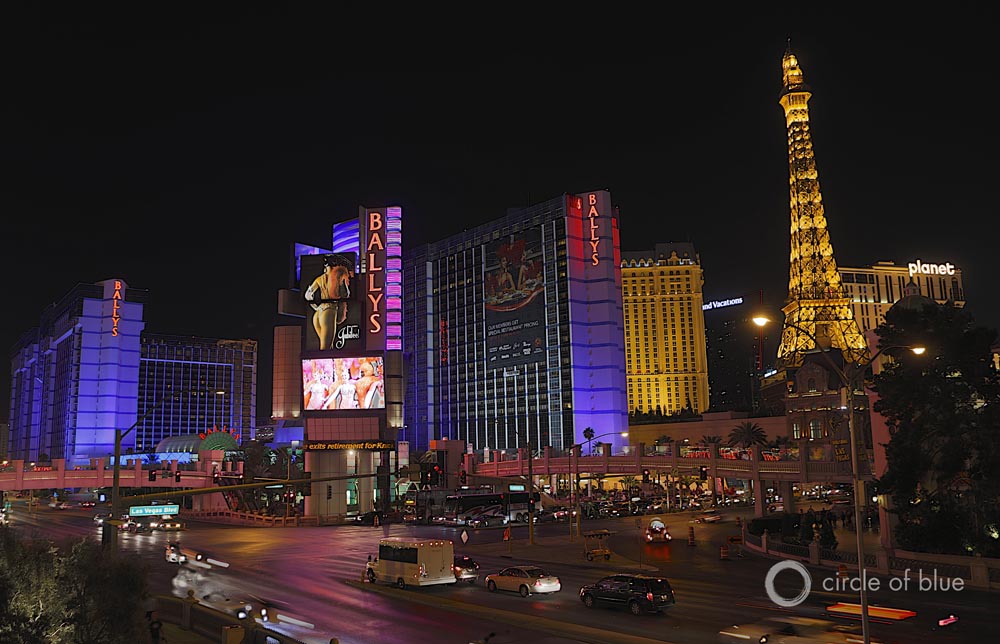
So water lives in two universes. It lives in this real gray, difficult-to-quantify, emotional realm of, “I can’t live without it, so I have a right to it.” And this, “We’ve commoditized it.” So I push back every time somebody wants to put dollar values on the resource of water. We put a dollar value on the infrastructure of water. We have to find a new way to describe the value of the resource itself. And I’ve been looking for that magic way to describe it, and I haven’t found it yet. And so, these economic conversations about water, you know, I hear water is the next century’s gold, and I just cringe. I mean, these are people who only understand the economic silo, and they don’t understand the fiber and the character of the resource they’re talking about. We can live without oil. We can live without gas. We wouldn’t like it, but we could live without electricity. We can survive as individuals — we can’t survive without water. So it takes on a whole different dimension. It’s embedded in our religions, it’s embedded in everything we do. So the challenge to me is finding that new description of what that value of water is. And it’s got to be described in human terms.
You and I were talking earlier – I mean, look at the way, at the federal level, how we’re organized! We’ve got water split into so many federal agencies: energy is its own thing; and food agriculture is its own thing; bottled water is controlled by the FDA; the EPA controls tap water drinking standards. I mean, how to make sense out of that mess is one of our big challenges. It’s time for a national — there are those that are calling for a national water policy. I push back on that a little. I’ve talked to a lot of my friends in Europe, where the EU, when it was formed, created a European water policy. The problem is they had a one-size-fits-all approach. I think we need to have a national strategy that allows for multiple approaches, and it starts with a national discussion: taking water out of its obscurity, elevating it as an issue. And our elected leaders hesitate doing it, because it becomes instantly divisive. Instantly. It’s ready, shoot, aim. I mean, God love them; they want to come in and have the solution — well it’s not that easy, you know? So it’s time for a more thoughtful U.S. conversation, because there is going to come a day that we’re going to have to have that conversation with our national neighbors to the North and our neighbors to the South and having that when you don’t have an understanding of who your own partners are in this country could be difficult, if not impossible.
And I know when the Colorado River Basin’s crisis is going to happen: the day that lake breaks 1075 [feet]. And then, at 1050 [feet] — you know, Mead is full at sea-level elevation at 1220 [feet] — at 1050 [feet], Hoover stops generating electricity. We lose our upper intake, everything changes — a reality that we had thought was firm is gone — and that will be the wake up call.
And I think the other thing that has begun to bring — in this community, it had an effect that began the move, the need to adapt, and the need to make changes further up in peoples consciousness — is when it became one of the top three vulnerabilities for economic investment in southern Nevada. And when our water-resource plan had to be attached to every SEC filing, had to be attached to every bond sale, and, all of a sudden, it became one of the top three issues for this Valley, that’s when things changed. Not in terms of somebody having pronounced it, but simply saying, “If we’re going to put our money in businesses and invest in hotels, then we want to know what your resource plan is. Have you looked into the future?” And we all need to. There needs to be a rolling 50-year planning horizon, and I have become absolutely a fervent believer in that, so you can adapt to changes as they occur.
Thanks so much, Pat. We’ve been speaking with Pat Mulroy, general manager of the Las Vegas Valley Water District and the Southern Nevada Water Authority. To find more articles and broadcasts on water design, policy, and related issues, be sure to tune into Circle of Blue online at 99.198.125.162/~circl731.
This interview was produced by Allison Voglesong. Our theme is composed by Nadav Kahn. Circle of Blue Radio is underwritten by Traverse Internet Law. Join us again for Circle of Blue Radio’s 5 in 15. I’m J. Carl Ganter.
is an editorial intern for Circle of Blue based out of Traverse City, Michigan. She holds a BA in International Relations from Michigan State University’s James Madison College. Her interests include water pricing, environmental economics and policy, and conflict mediation.


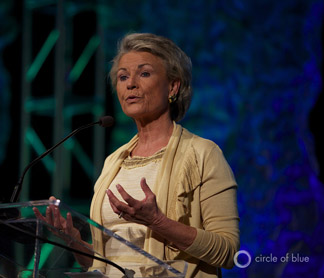
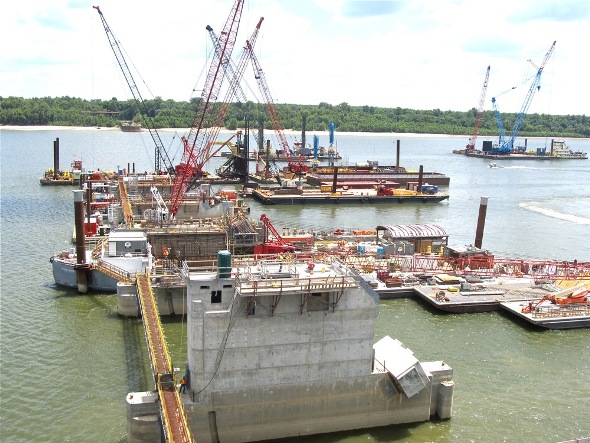
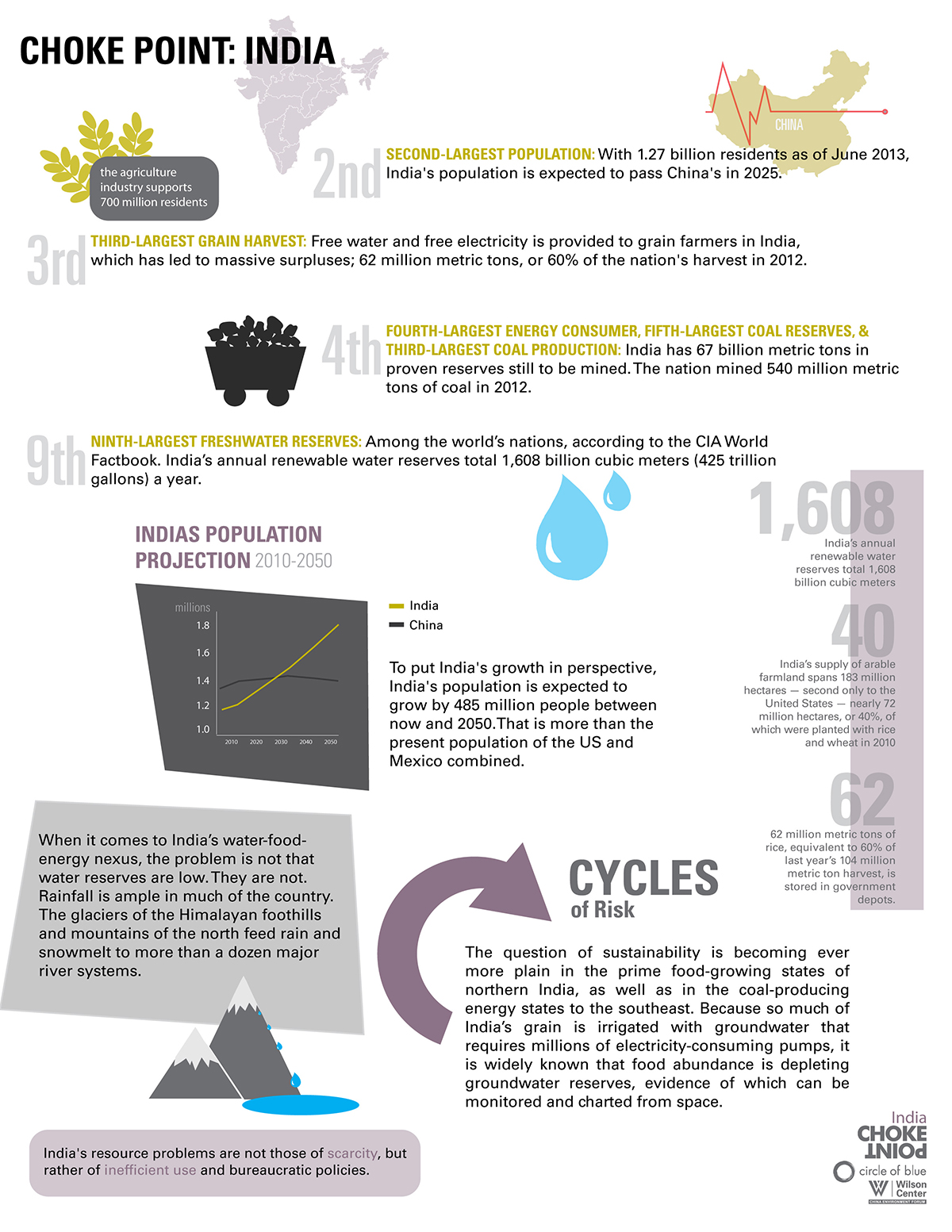
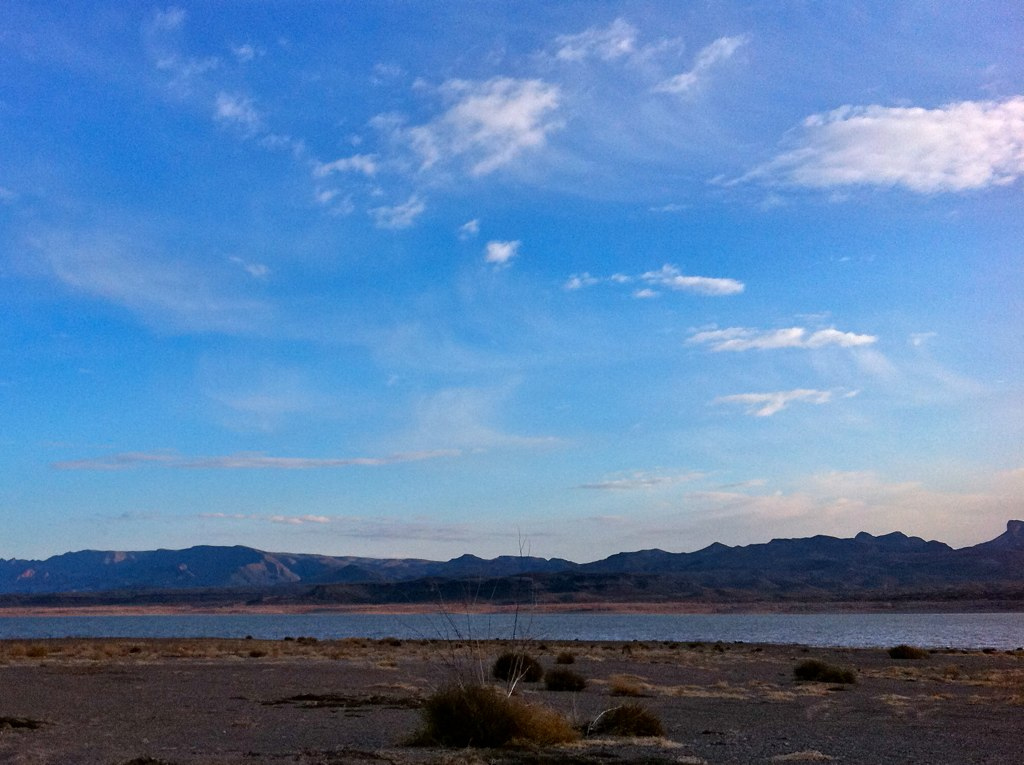
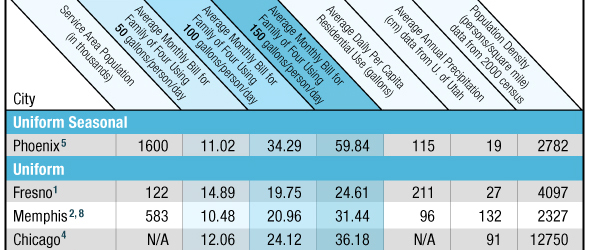
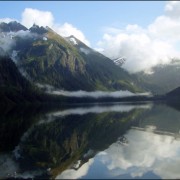
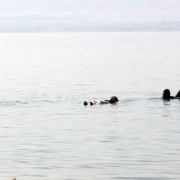


Leave a Reply
Want to join the discussion?Feel free to contribute!